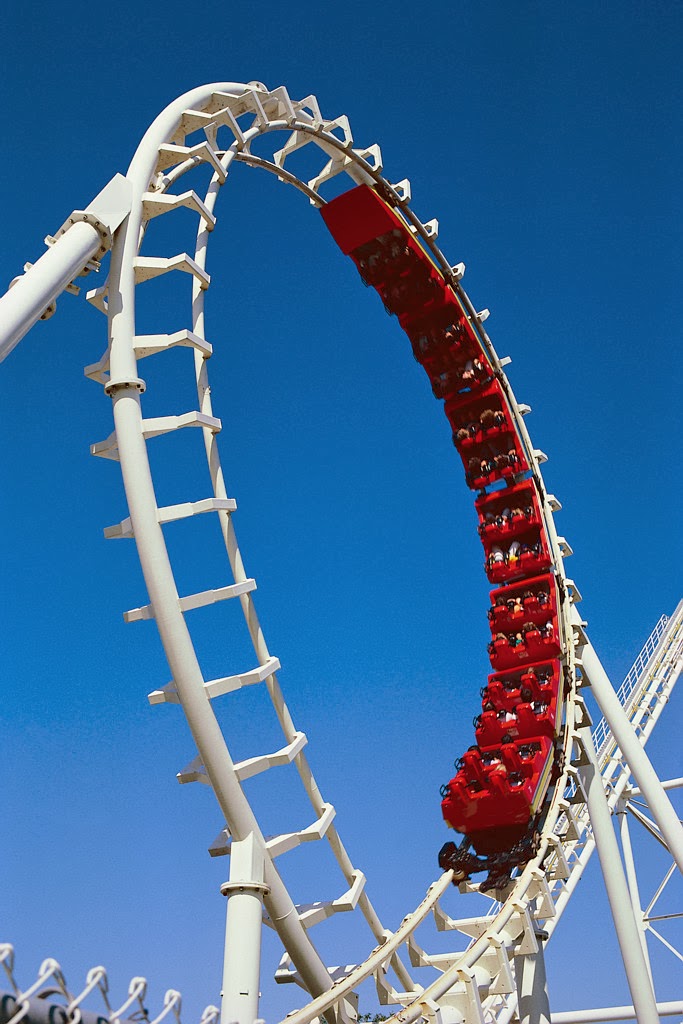I have had some very good questions in relation to the best time to plant peas. The key to growing a good set of peas in the spring is to get them up and out of the ground quickly to prevent the seeds from rotting in soils that are both cool and wet. It is also imperative to get them in the ground early as once daytime temperatures reach into the 80's their production completely shuts down.
Peas take 4 - 5 weeks to germinate at soil temperatures of 40 degrees Fahrenheit, about 13 days at 50 degrees, and just 7 - 10 days when the soil warms to 60 degrees. They will actually germinate with ground temperatures anywhere from 40 F to 85 F with their optimum falling around 75 F. We are definitely in the ground temperature range to get them planted, STAT!
 |
| Sugar Sprint Snap Pea |
Green Meadows Healthy Garden Tip:
As with most vegetables avoid working with your pea plants when they are wet and try to keep foliage as dry as possible by watering at the base of the plant. If picking peas in the morning, it is wise to make sure all dew is off the plant first. These simple steps go a long way in preventing disease. Decide if you will be pro-active or re-active with your pest protection and keep an eye out for aphids. These are usually the first pests to arrive in the spring garden and pea plants provide good cover for them. Compost teas, Actinovate, and AzaMax are wonderful organic approaches for promoting health, preventing disease, and keeping insects at bay.
As a special note - plants in the allium family such as onions, garlic, leeks, and shallots have a tendency to stunt the growth and production of pea plants. For this reason, it is wise to plant them at the opposite end of the bed.
For those who would like additional information on planting and growing peas a link to Burpee is below for your convenience. Its information is very straightforward and it contains the proper method for freezing any excess that some may find useful as well. I have also placed a link to a very nice article on the differences in productivity between different varieties of snow peas. This is excellent information for those who like getting the most bang for their buck out of their gardens.
http://www.burpee.com/vegetables/peas/all-about-peas-article10250.html - link to a straightforward article from Burpee on growing peas as well as instructions for freezing them after harvest.
http://www.organicgardening.com/learn-and-grow/snowpeas?page=0,0 - link to a very nice article on snow peas and the differences in productivity between varieties.
Happy Gardening,
Denise, Beds 25 & 29





